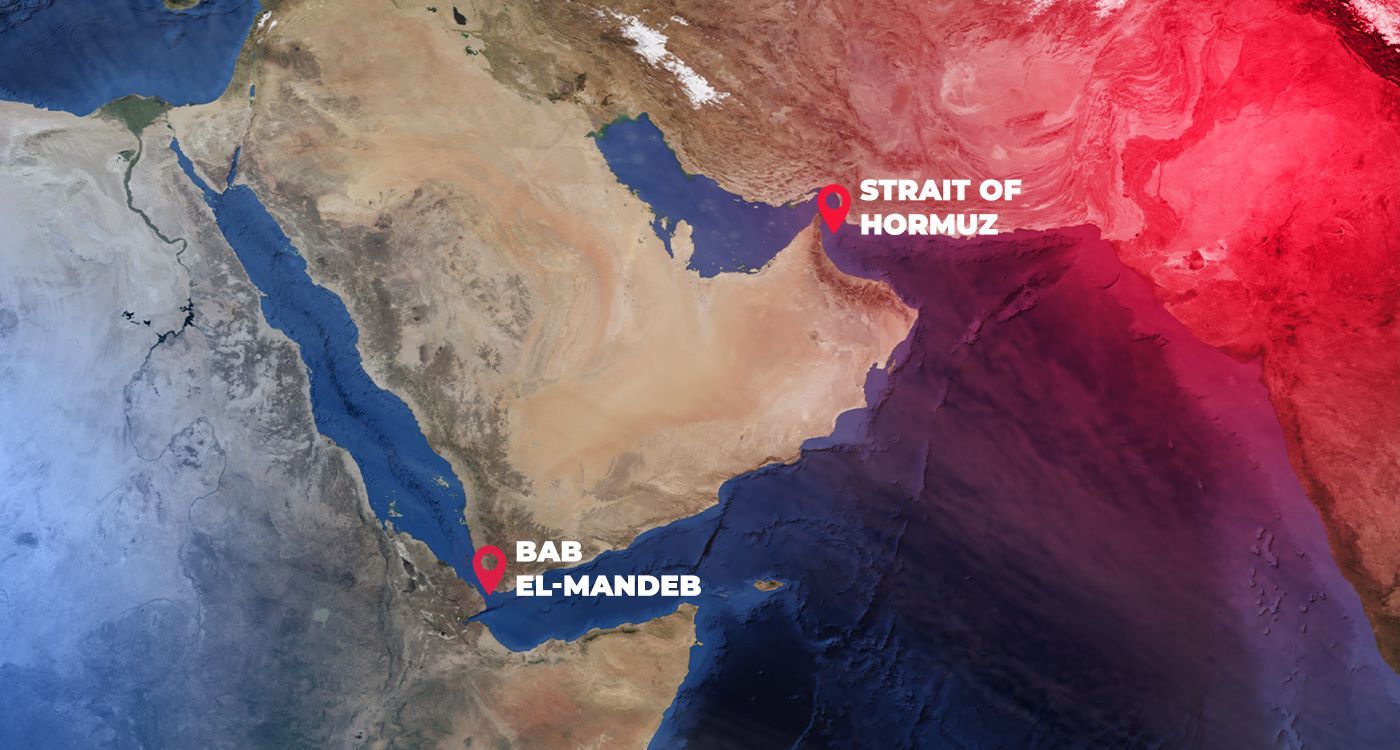As tensions between the United States and Iran escalate following U.S. airstrikes and Tehran’s parliamentary vote to close the Strait of Hormuz, this narrow stretch of water is again in the global spotlight. But why is the Strait of Hormuz considered the most dangerous and strategically vital oil route on Earth?
Here’s everything you need to know.
Where Is the Strait of Hormuz?

The Strait of Hormuz is a narrow waterway connecting the Persian Gulf to the Gulf of Oman and, by extension, the Arabian Sea. At its narrowest point, it is just 21 miles wide.
It separates Iran to the north and Oman and the UAE to the south.
Why Is It So Important?
1. Critical Oil Chokepoint
- Over 20% of global oil supply—about 17 million barrels per day—passes through the Strait.
- It’s the main export route for major oil producers like Saudi Arabia, Iraq, UAE, Kuwait, and Iran.
2. Natural Gas Flows
- Roughly 25–30% of the world’s LNG exports also transit the Strait, particularly from Qatar, the top LNG exporter.
3. No Easy Alternative
- There are limited pipelines that bypass the Strait, but they only handle a fraction of total exports.
- If the Strait is blocked, global energy markets would face severe disruption.
Why Is It So Dangerous?
1. Geopolitical Flashpoint
- Iran has repeatedly threatened to close the Strait in response to sanctions or military aggression.
- The waterway is bordered by rival military powers and home to U.S. Navy Fifth Fleet, Iranian Revolutionary Guard naval units, and others.
2. Previous Conflicts
- In the 1980s Iran-Iraq War, the Strait saw “Tanker Wars,” with commercial vessels targeted by missiles and mines.
- In 2019, Iran seized British and foreign tankers amid rising tensions with the U.S.
- In 2025, Iran’s parliament has voted to close the Strait following U.S. strikes on its nuclear facilities.
3. Military Risks
- A conflict in the Strait could halt shipping, damage undersea cables, and cause an environmental disaster.
- Any military miscalculation between Iran, the U.S., Israel, or Gulf allies could escalate into a regional war.
What Happens If It’s Blocked?
| Impact Area | Potential Outcome |
|---|---|
| Oil Prices | Could skyrocket to $100–150+ per barrel |
| U.S. Gas Prices | Likely to rise sharply, fueling inflation |
| Global Shipping | Disruption in trade routes to Asia & Europe |
| Stock Markets | Increased volatility and investor uncertainty |
Even the threat of closure causes oil markets to surge, as seen this week after Iran’s symbolic vote.
Expert Insight
“The Strait of Hormuz is the single most strategically important waterway on the planet. A single mine or drone strike here can shake global markets”,
says Rachel Sandstrom, senior analyst at EnergySec International.
“It’s not just about oil—it’s about global security, food prices, shipping lanes, and power projection.”
Conclusion
The Strait of Hormuz is more than a shipping lane — it’s a geopolitical pressure point. Any conflict, closure, or even verbal threat surrounding this region carries immediate global consequences for energy, trade, and security. As tensions rise in June 2025, all eyes remain fixed on this volatile corridor.
